Relief on China's Factory Floors as US Tariff Freeze Offers Hope
A temporary truce in the US-China trade war brings cautious optimism to struggling Chinese manufacturers.On the floor of Derek Wang’s air fryer factory in Foshan, southern China, a vast space once filled with welding and assembly work now sits eerily empty. The production lines that once hummed with activity have gone silent, a casualty of former President Donald Trump’s steep tariffs on Chinese imports.
Wang, whose smartphone-controlled air fryers once wowed American clients with their multifunctional capabilities—baking, roasting, and grilling—found himself in crisis after the US imposed sweeping tariffs on April 2. Dubbed “Liberation Day” by Trump supporters, the policy hiked duties on Chinese goods to as high as 145%, prompting US buyers to pause orders.
"I tried to keep smiling through my anxiety for the sake of my 40 workers," Wang told the BBC.
But relief has arrived. On Wednesday, a surprise deal between Washington and Beijing came into effect, offering a 90-day ceasefire in the escalating economic battle. The agreement—hammered out during emergency negotiations in Switzerland—has partially rolled back tariffs: US importers now face a 30% tax on Chinese goods, and China maintains a 10% levy on American products, down from 125%.
For Wang, the phones are ringing again. His US clients are willing to restart orders, albeit with tough negotiations on price.
"Our US client is willing to pay the tariffs. Of course, we had to bargain as they asked us to lower some of our costs," he said.
Tariffs’ Toll on Factories and Workers
Wang, who studied engineering in Delaware and invested over $500,000 into launching his business, likens the trade war to a painful family breakup.
"It felt like my parents were getting a divorce. China and the US are the most important economic and cultural powers in the world. Their sudden separation would lead to a world that we cannot imagine."
Still, he finds a silver lining.
"There’s a saying in Chinese: good fortune comes out of bad."
The trade war has pushed Wang to accelerate plans to reduce his dependence on the American market—an approach the Chinese government has been encouraging. Officials in Beijing are promoting diversification toward Africa, South America, and Southeast Asia, hoping to insulate the country from future shocks.
Other business owners echo Wang’s sentiment, suggesting the long-term outcome may not be full reconciliation but rather a gradual economic decoupling.

Economic Strains in China’s Manufacturing Hubs
In Foshan’s Shunde district, known as China’s “capital of home appliances,” the impact of the trade war is stark. Once-busy factories are downsizing or shuttering. Job advertisements offer short-term work assembling home appliances for as little as 16 yuan (about $2.20) an hour, but many employers have halted hiring altogether.
Some workers, unable to afford housing, sleep in local parks. Hostels charge 20 yuan per night—roughly an hour’s wage—cutting further into the money many workers try to send home to their families.
This struggling landscape is part of the image Trump officials have pushed: a China weakened by tariffs and unrest.
"We're not looking to hurt China," Trump said after the deal. "But they were closing up factories, having a lot of unrest, and were very happy to do something with us."
While those claims may be exaggerated—China remains a global leader in electric vehicles, solar panels, and AI development—there’s no denying the pain felt by many small businesses.

Sofa Maker Ramps Up Again, With Caution
He Ke, or “HK” as his American clients know him, runs Gongyuan Furniture, a sofa manufacturing business that had to halt production well before tariffs peaked.
"Once the tariffs hit 50%, we were already at a standstill. When they reached 145%, we couldn’t continue."
Before the pandemic, He’s factory spanned four floors and employed 200 workers. Today, it operates on just one floor with 40 staff. Still, his client list includes big names—he claims Elon Musk owns one of his sofas.
Now, with the ceasefire in effect, some of He’s workers are returning. Machines buzz as staff resume production, sewing fabric for memory foam cushions and preparing furniture for export.
He’s hopeful, but realistic.
"We feel the global economy is not good. The domestic economy is also down, which affects people’s lives. In the past, we didn’t think twice about spending. Now we have to be careful."
Like Wang, He is exploring markets beyond the US. But he’s not giving up hope on future cooperation between the world’s two largest economies.
"I'm just a small businessman. But I believe this conflict is temporary. If the US and China want to coexist long-term, they will have to sit down and talk."
Ceasefire or Calm Before the Storm?
The latest deal has triggered a flurry of renewed business activity, but uncertainty looms. Talks are expected to continue over the next 90 days. Trump has hinted at speaking with Chinese President Xi Jinping soon, and both sides remain cautious but engaged.
For now, China’s factory owners have a reason to breathe a little easier—but few are under any illusion that the hard times are over.




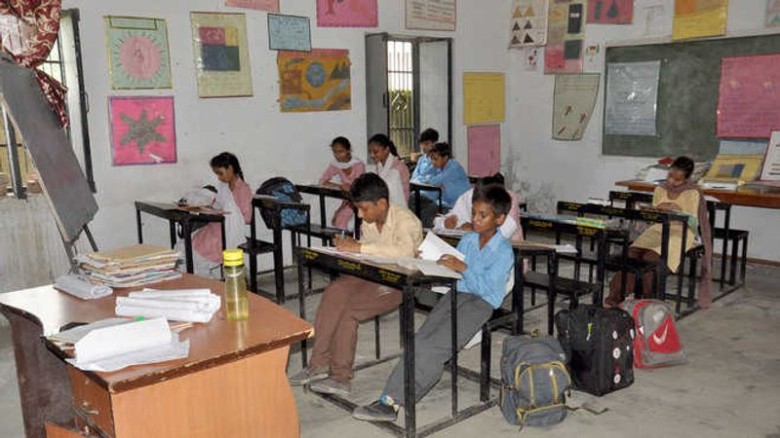




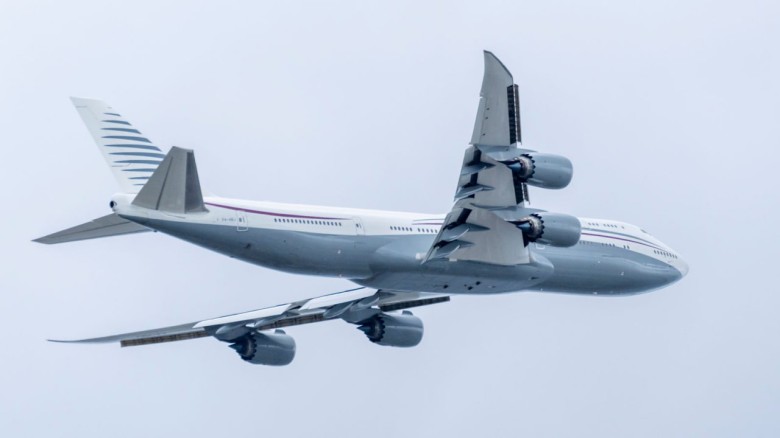



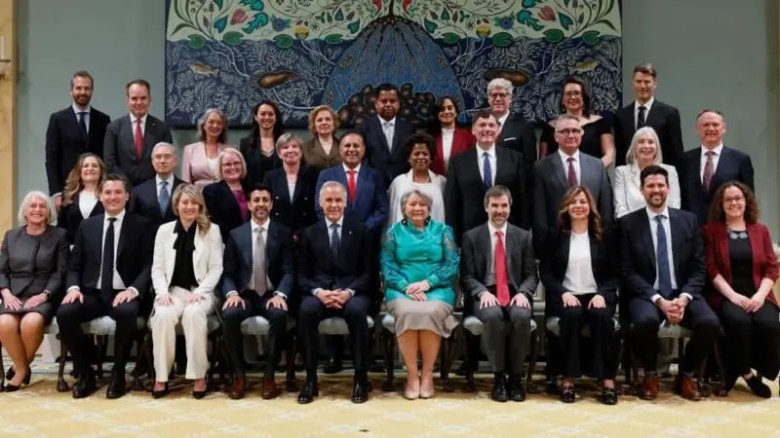







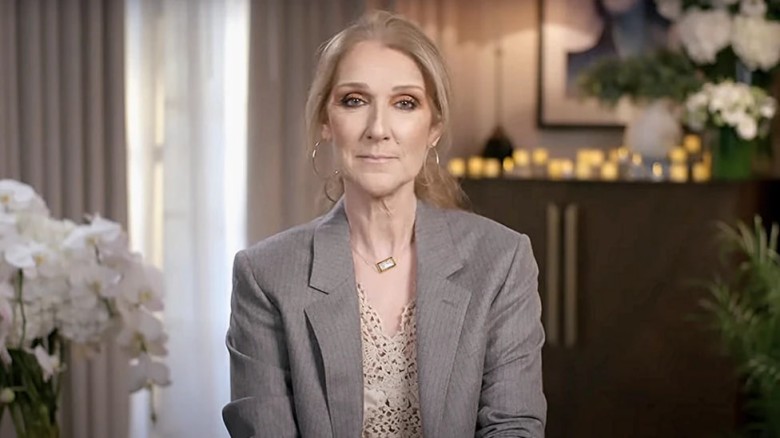


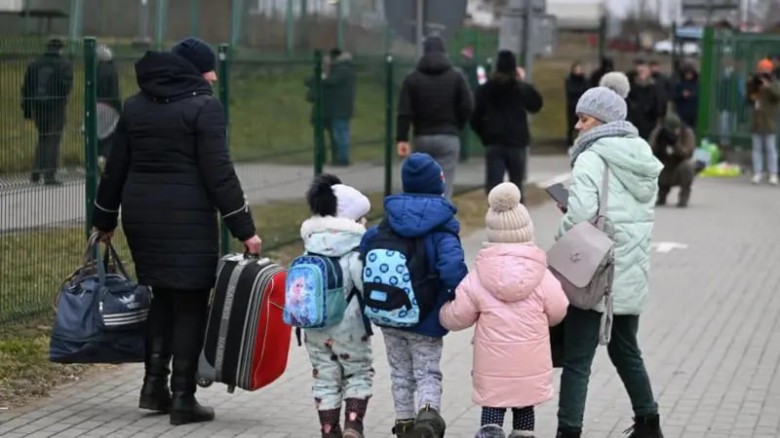


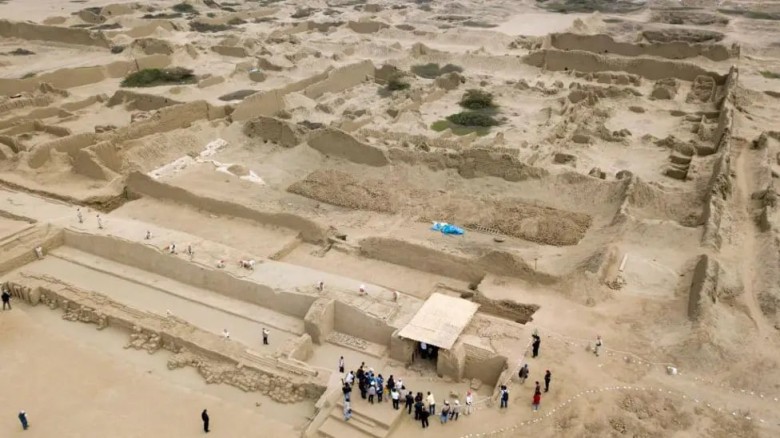




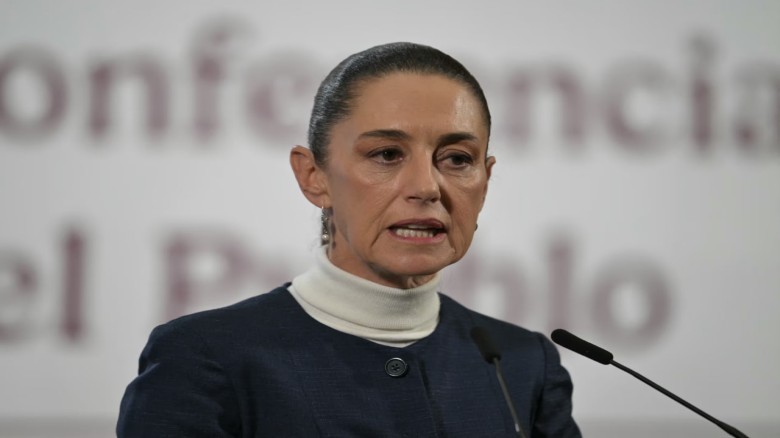

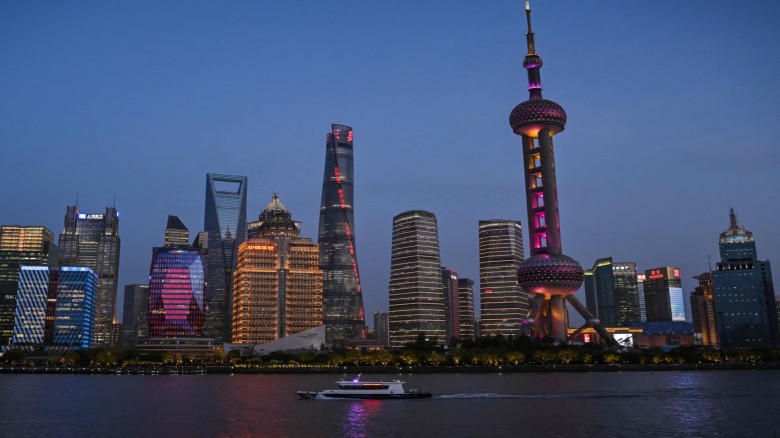
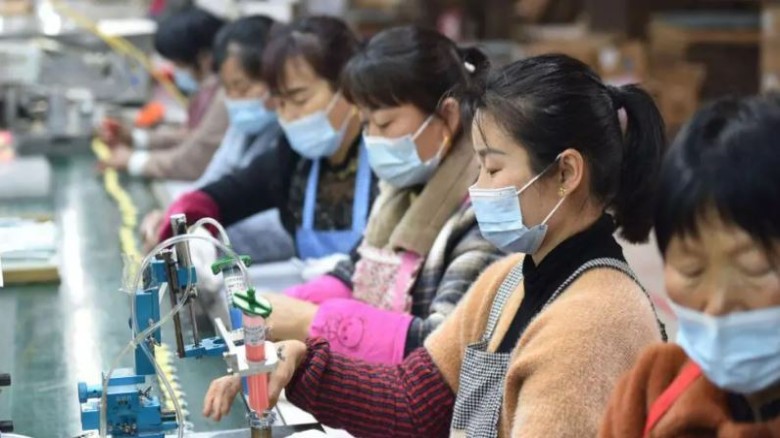


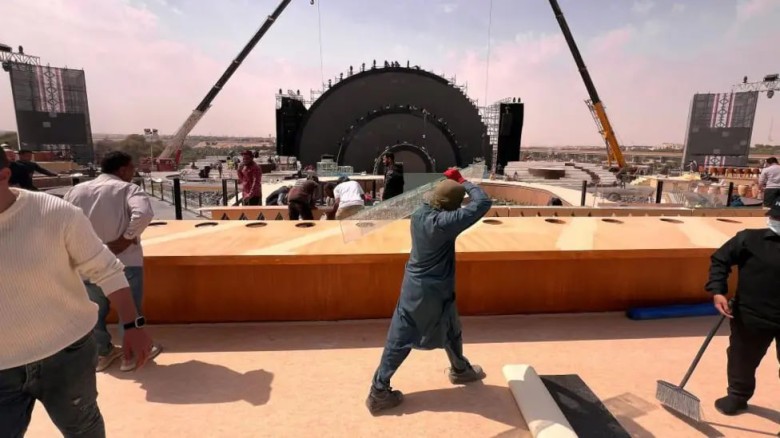

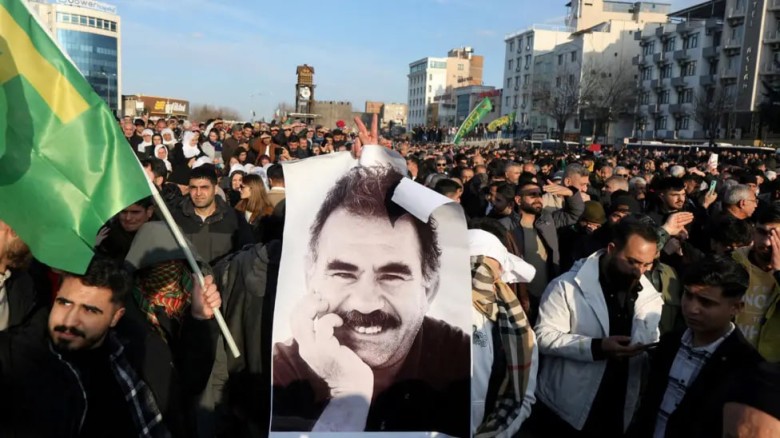


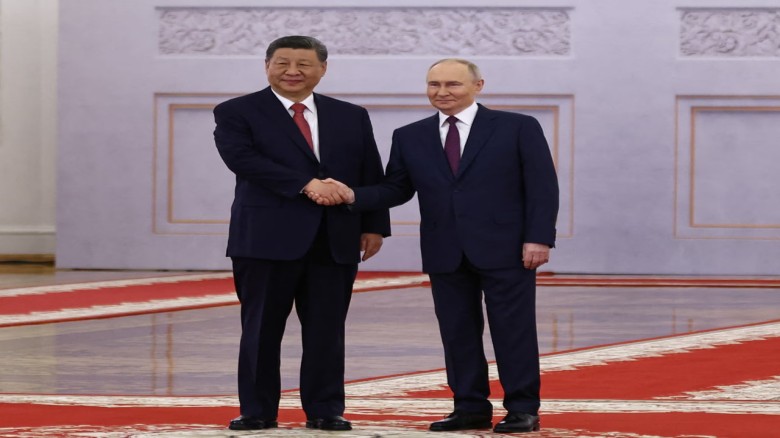
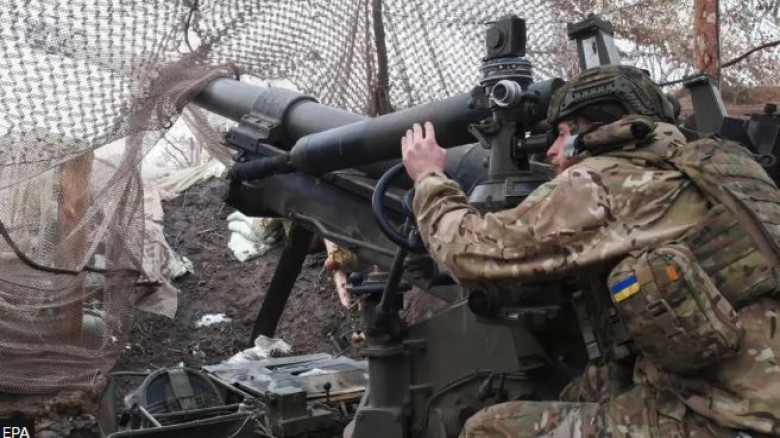






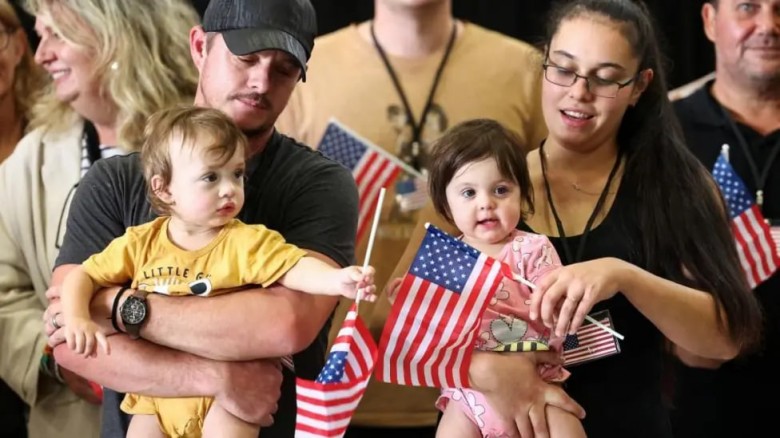




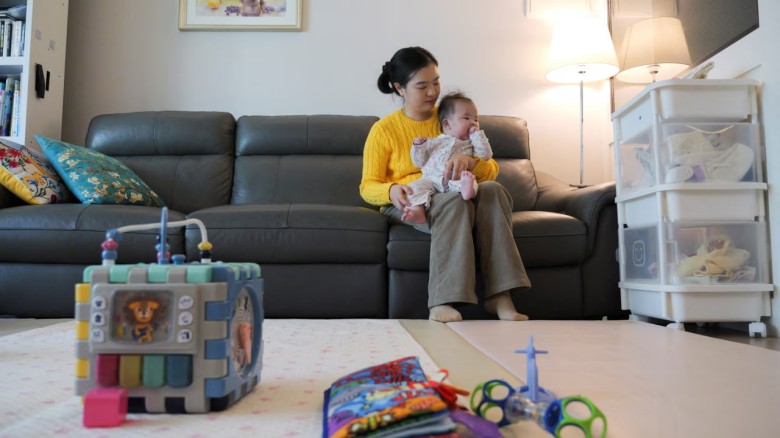













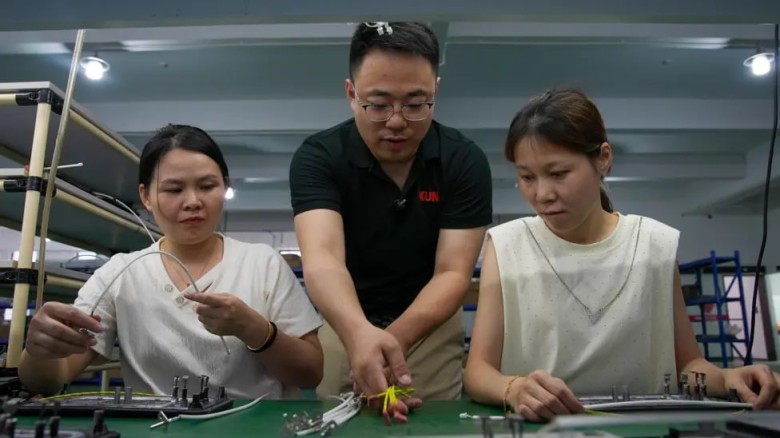



Leave A Comment